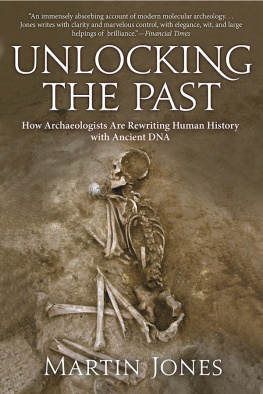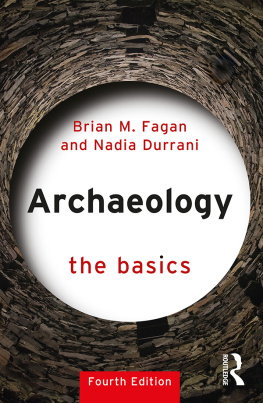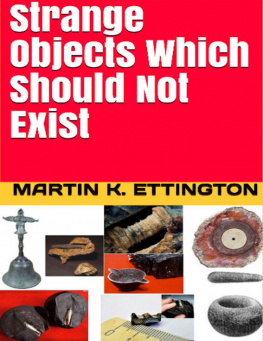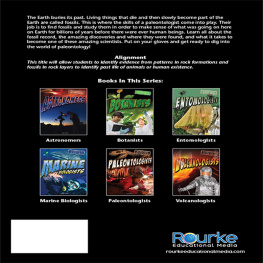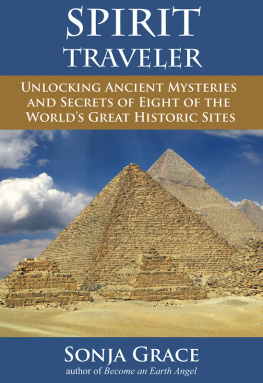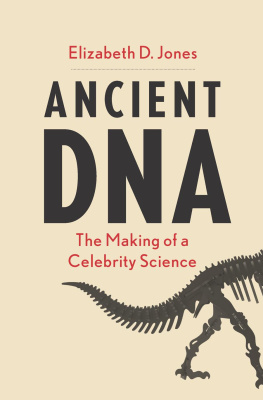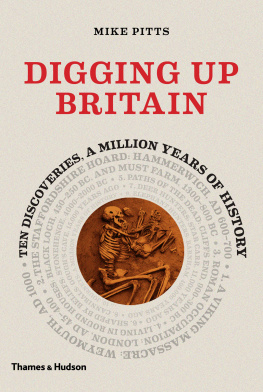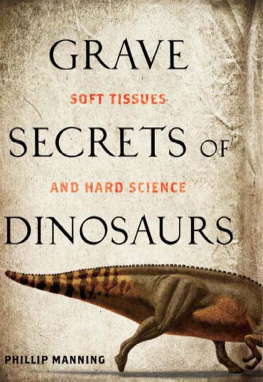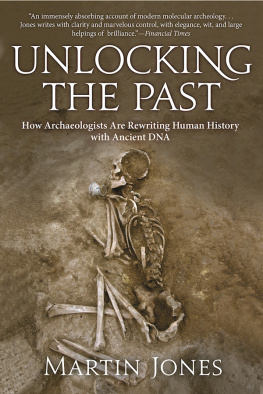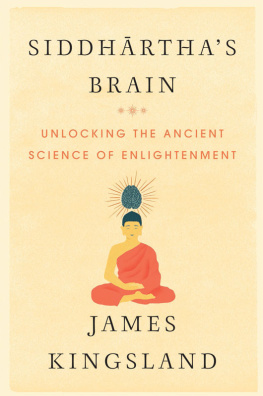In memory of my mother
from whom I learnt to look more closely at things
Copyright 2001, 2016 by Martin Jones
All rights reserved. No part of this book may be reproduced in any manner without the express written consent of the publisher, except in the case of brief excerpts in critical reviews or articles. All inquiries should be addressed to Arcade Publishing, 307 West 36th Street, 11th Floor, New York, NY 10018.
First North American edition 2002
First published in 2001 by Allen Lane, The Penguin Press, England
Arcade Publishing books may be purchased in bulk at special discounts for sales promotion, corporate gifts, fund-raising, or educational purposes. Special editions can also be created to specifications. For details, contact the Special Sales Department, Arcade Publishing, 307 West 36th Street, 11th Floor, New York, NY 10018 or .
Arcade Publishing is a registered trademark of Skyhorse Publishing, Inc., a Delaware corporation.
Visit our website at www.arcadepub.com.
10 9 8 7 6 5 4 3 2 1
Maps illustrated by Vicki Herring
Print ISBN: 978-1-62872-447-9
Ebook ISBN: 978-1-62872-479-0
Printed in the United States of America
contents
acknowledgements (2001)
The initial encouragement to write this book arose during lunch in a Greek restaurant in Cambridge. Not only do I warmly thank my lunching companion, Graeme Barker, for setting me off on a most stimulating project, but also for coming up with a suitable title between servings of meze. This was in the summer of 1998, shortly after the completion of the Natural Environmental Research Councils Ancient Biomolecules Initiative, which it had been my privilege to chair. The Initiative brought together around fifty researchers within seventeen projects scattered around the country, all doing pioneering work in a very novel field of applied science. Interaction with that dedicated group of people provided me with the experience and insight upon which I have constantly drawn to write this book, and my sincere thanks go to them all. I extend that thanks to everyone involved in the Initiative, the International Steering Panel, the contributors to the annual Cambridge workshops, and to the staff at NERC.
Ancient biomolecule research has been going on not only in the UK, but right across the world, from America to Japan and New Zealand. Many of those international colleagues and teams I have had the privilege to meet; others I have contacted only through email. Without exception, all have been generous and forthcoming with advice and ideas, and everywhere the enthusiasm for being part of a new scientific departure shines through. Particular thanks for dealing with specific queries and supplying information in advance of publication go to Dan Bradley (Dublin), Jane Buikstra (Albuquerque), Jacques Connan (Pau), Bill Hauswirth (Florida), Rika Kaestle (Yale), Andy Merri-wether (Michigan), Svante Pbo (Leipzig), Franco Rollo (Camarino), Yo-Ichiro Sato (Shizuoka), Anne Stone (Albuquerque), and Mark Stoneking (Leipzig).
For help with Oliver Hunts cover illustration, thanks go to Joan Oates and Helen McDonald. The text itself benefited from a critical reading in sections by a number of colleagues. My thanks for this invaluable assistance go to Robin Allaby, Dan Bradley, Terry Brown, Matthew Collins, Geoff Eglinton, Richard Evershed, Peter Forster, Terry Hopkinson, Chris Howe, Matt Hurles, Miranda Kadwell, Adrian Lister, Svante Pbo, Franco Rollo, Charlie Shaw, Andrew Smith, Helen Stanley, and Mark Stoneking. Thanks also to Janet Tyrrell for her scrupulous copy-editing, and to my editor Stefan McGrath and my agent Clare Alexander for their intelligent engagement, support, and critical encouragement throughout the project from its inception. The text would have been a much inferior thing without them.
The least tangible contributions can also be among the more important ones. Over several years in labs, conference halls, pubs, and private homes, conversations and debates with a number of colleagues have been invaluable in shaping the ideas that unfold in this book. The list of such colleagues is too long to reproduce here, but I do want to mention in this context the unstinting encouragement of Lucy Walker, and my numerous conversations with Geoff Eglinton, Terry and Keri Brown, and Robin Allaby. All these have guided and nurtured my own thoughts and ideas.
foreword (2016)
Writing about a newly emerging field was an exciting thing to do. This was not just because a number of the findings were so novel, unimagined even. It was also because a number of the key practitioners were exploring how to situate themselves within an ill-defined landscape of research and discovery. Several of those individuals, who are now distinguished professors, were at that time graduate students, turning up to conferences at which all the key players found themselves in a single room. Egyptologists were rubbing shoulders with protein chemists; cancer researchers were taking issue with analysts of insects in amber. In retrospect, we can remember moments during these gatherings when the new field was tipped one way or another. Those were interesting times.
Fifteen years may not seem a very long time, but the human past provides us with many examples of timeless, established traditions emerging with surprising rapidity from shaky beginnings. Fifteen years since the publication of The Molecule Hunt , there are research centres across the globe with impressive laboratories and large research groups. Such Journals as Science, Nature, and PNAS continue to chart the milestones in their progress, and molecular studies are well embedded in archaeology courses at several levels. Our whole idea of being human and the human past has become difficult to narrate without the new findings at their heart.
So what can be gained by returning to a text assembled fifteen years ago? It goes without saying that if each and every one of the findings still held true today, then the field would have stagnated, and the prediction in the text that it would do otherwise have proven false. It is quite interesting to reflect on the findings that have held true, but it is certainly the case that much has changed, and some findings have essentially been reversed.
Could the text be fundamentally rewritten to bring it forward to the present? Probably notat least not in the same voice. As a field moves to maturity, a different sort of voice becomes relevant to relay the facts, the knowns, and an associated canon of scientific procedures. Indeed, a number of such texts have been excellently written, leaving the human process of actually doing science as something of a given. That is a perfectly appropriate voice for a field that has moved significantly beyond its birth pains.
I would be equally unhappy to leave the text as it is, as one authors perception of the state of field at a particular moment in time, a moment that now has very clearly passed. Instead I have chosen to attach afterwords to each of the original chapters, briefly reflecting upon how some of the key issues and arguments within each chapter have been sustained, modified, turned on their head, or in some cases a combination of all these. We are no longer in the situation where the players can find themselves together in a single room, so I am at a greater distance from several of the key practitioners, knowing them only from their published papers, rather than the coffee room and bar, conference presentations and grant applications. It is, of course, a more detached and impersonal academic community, but by no means devoid of its personalities and its intrigue. In my brief afterwords, many of those themes will remain in the subtext.

